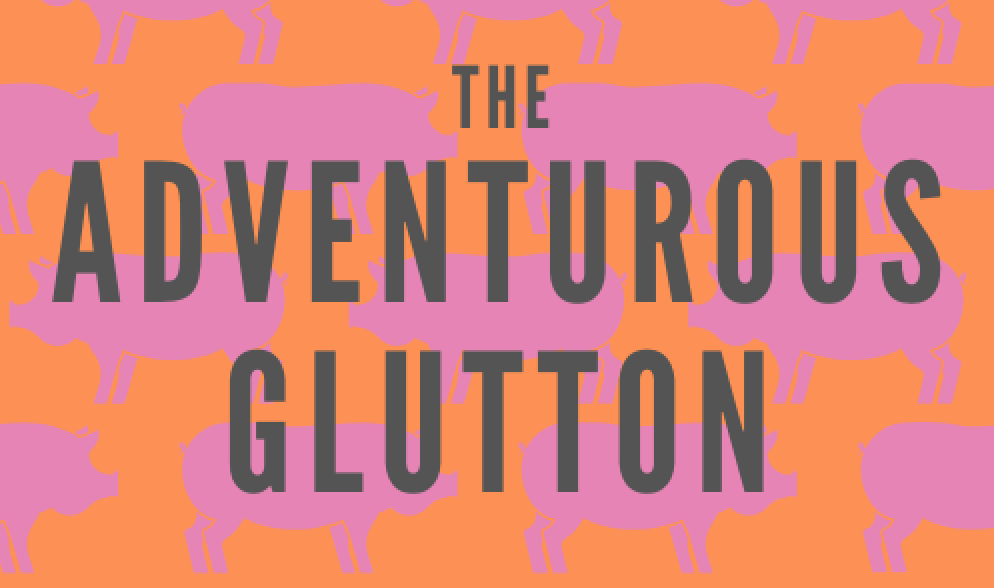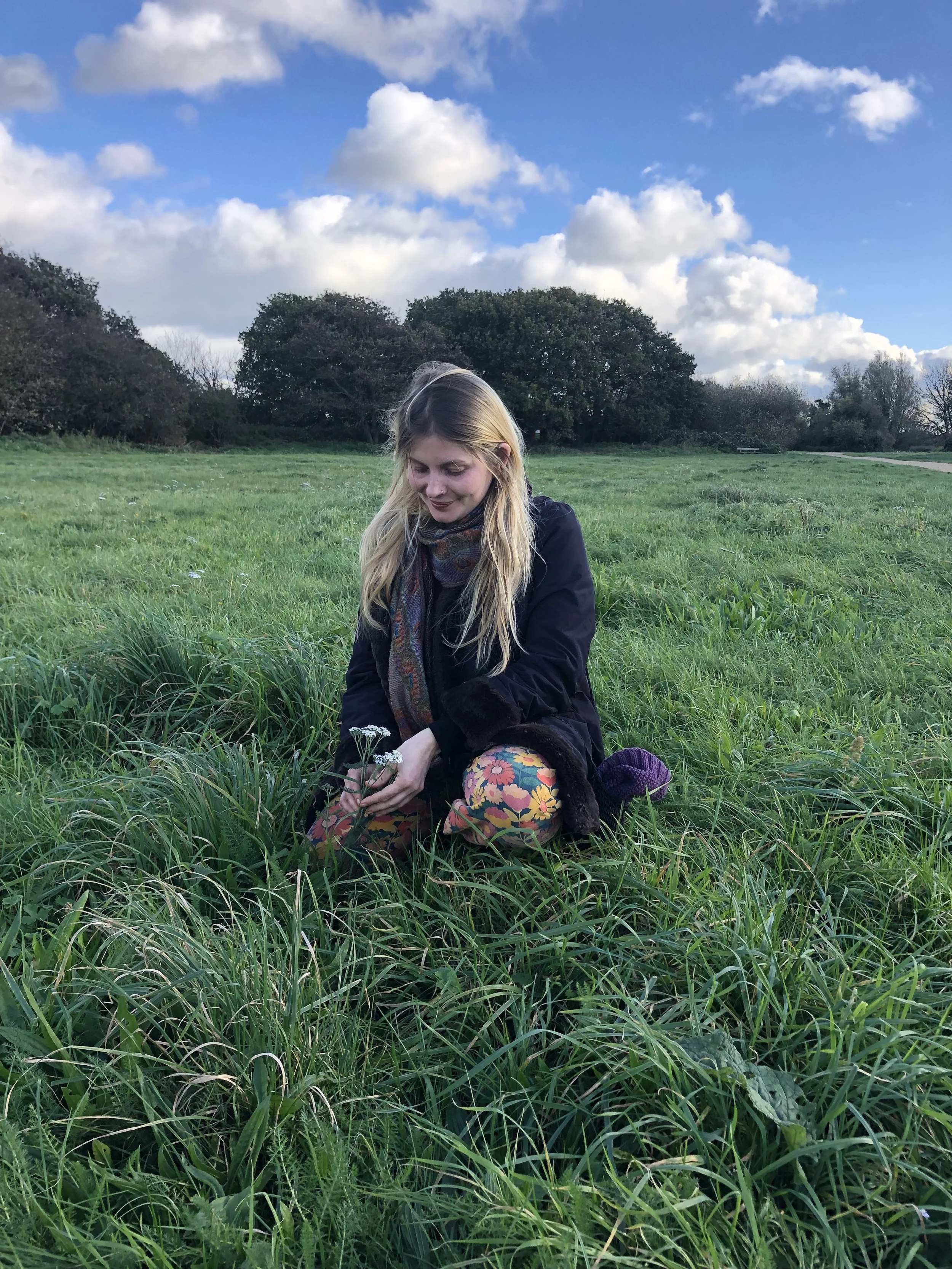An urban walk with All Things Foraging
The lovely Lola wears many hats. She is a nurse in a busy clinic at Bournemouth Hospital. She leads circus skills workshops and parties. But I think the hat that fits best is All Things Foraging guide.
I have been on foraging walks before where the main emphasis is on finding food. The walk that I took with Lola was different. I’ve never met anyone with such an all-encompassing knowledge and understanding of plants and their properties - in folklore, for food, medicine and wellbeing. Lola is so tuned into nature, the seasons and wild plants, you can’t help but feel inspired.
A certain amount of her knowledge stems from childhood. Lola was born and raised in Poland until she was 15, and her father passed on his foraging knowledge. He used to pay Lola and her siblings to collect mushrooms! But what also struck me about Lola is that she is constantly learning. She has discovered three new edible plants this year for example, just from seeing things in nature, being curious and studying them intensively.
Lola’s partner Lewis is the other half of All Things Foraging. He’ s a self-taught forager with a thirst for knowledge and 12 years of experience under his belt. Lola credits Lewis for teaching her a lot about foraging for things other than mushrooms. He has a degree in Forensic Science which helps with a great attention to detail and understanding all the compounds of plants. Between them, they are a bit of a dream team.
Given our location in Christchurch, I always expect foraging walks to take place at the coast or in the New Forest. So it was a surprise to meet Lola at Iford BMX track - a much more urban location that I anticipated. But how brilliant to discover the bounty of plants and hidden treasures growing right there!
On our walk, we studied a variety of herbs, hawthorn, plantain, nettles, yarrow and rosehips - and more. Plantain, I learnt, is one of nature’s best first aid all-rounders. Broadleaf plantain is used for treating external problems (eczema, conjunctivitus, cuts and wounds, etc) and narrowleaf plantain (or ribwort) is used for internal complaints (diarrhoea, indigestion, urinary tract infection, etc).
I gathered a lot of sprigs and tasted a few things, but the only thing we picked in quantity was rosehips, which I made the most beautiful rosehip syrup from (check out my recipe here).
It was such an enlightening and grounding couple of hours, and I would recommend an All Things Foraging walk to anyone. They have three upcoming walks planned, as below, and if you follow All Things Foraging on Eventbrite (they don’t have a website), you’ll be updated when new dates are added:
Sat 2nd Dec: Late autumn foraging for wild foods
Sun 3rd Dec: Late autumn foraging for wild herbal medicine
Sat 17th Feb: Spring coastal foraging for wild foods
They also forage organic and wild medicinal plants and use them to make teas and tinctures, skin serums (anti-ageing, acne relief, etc.) plus topical pain relief and healing balms (sprains, strains, rheumatic and arthritic pain, PMS, etc). Unfortunately, online market sites don’t like products that claim to have medicinal properties, so drop them an email if you’d like more information or to make a purchase.












